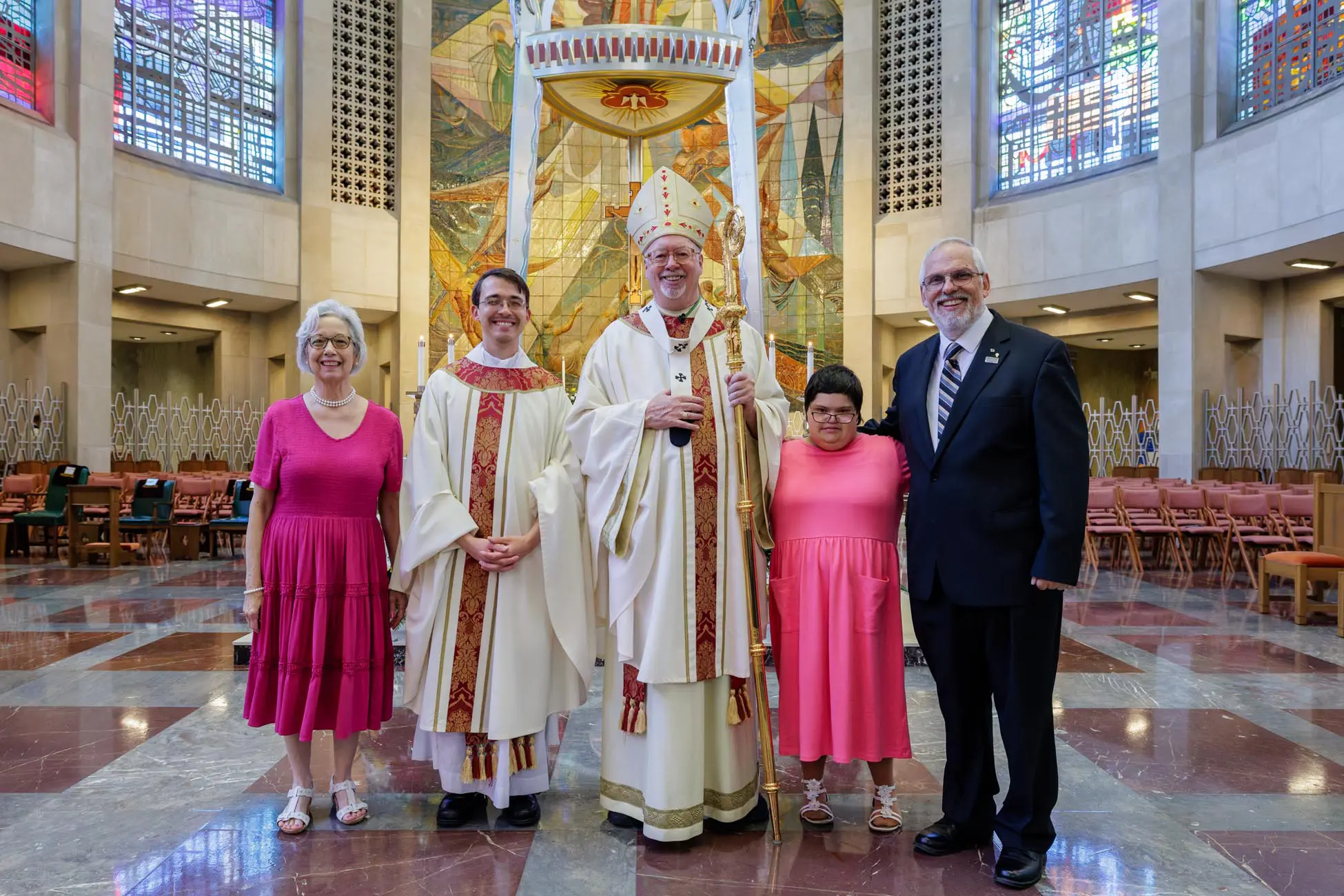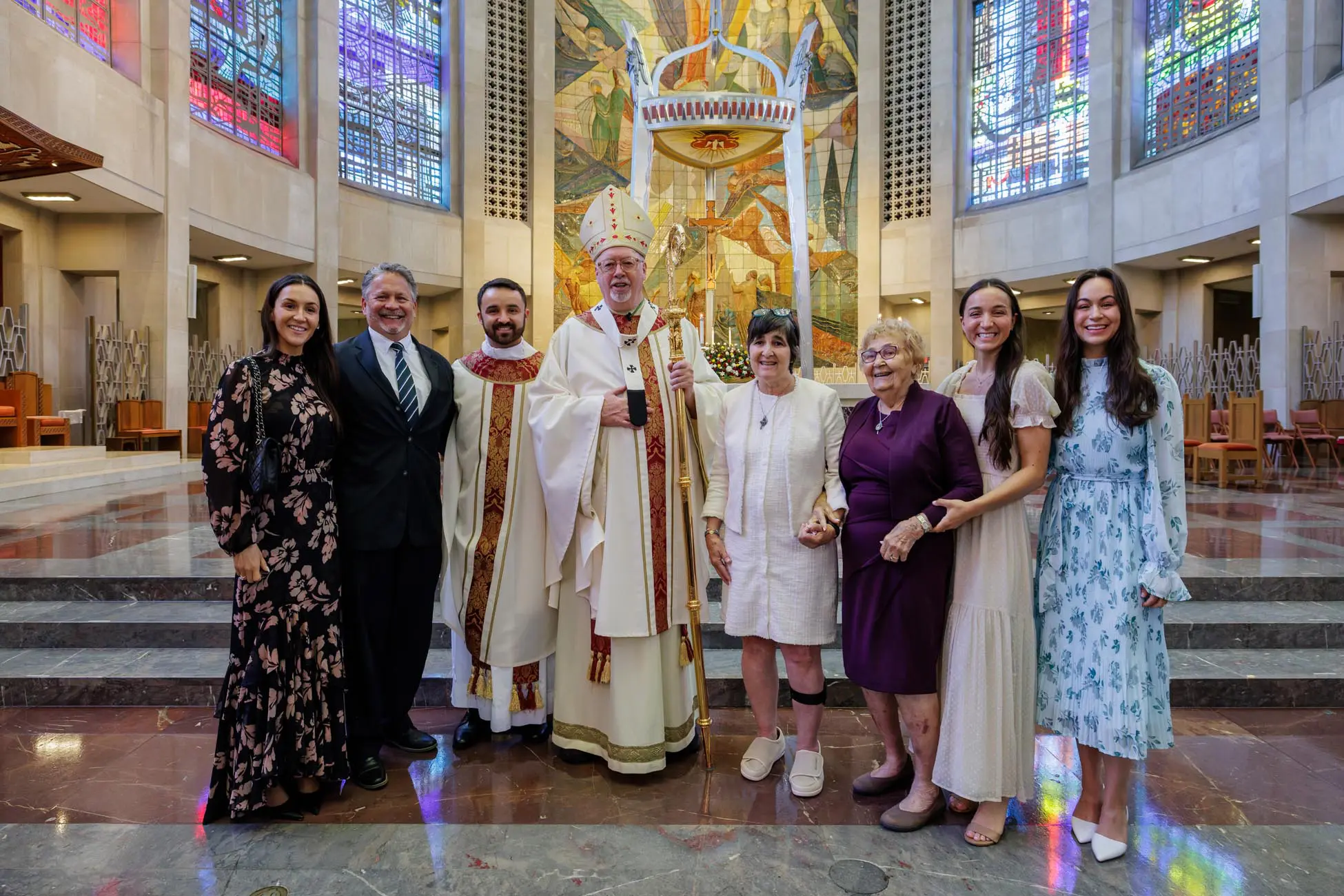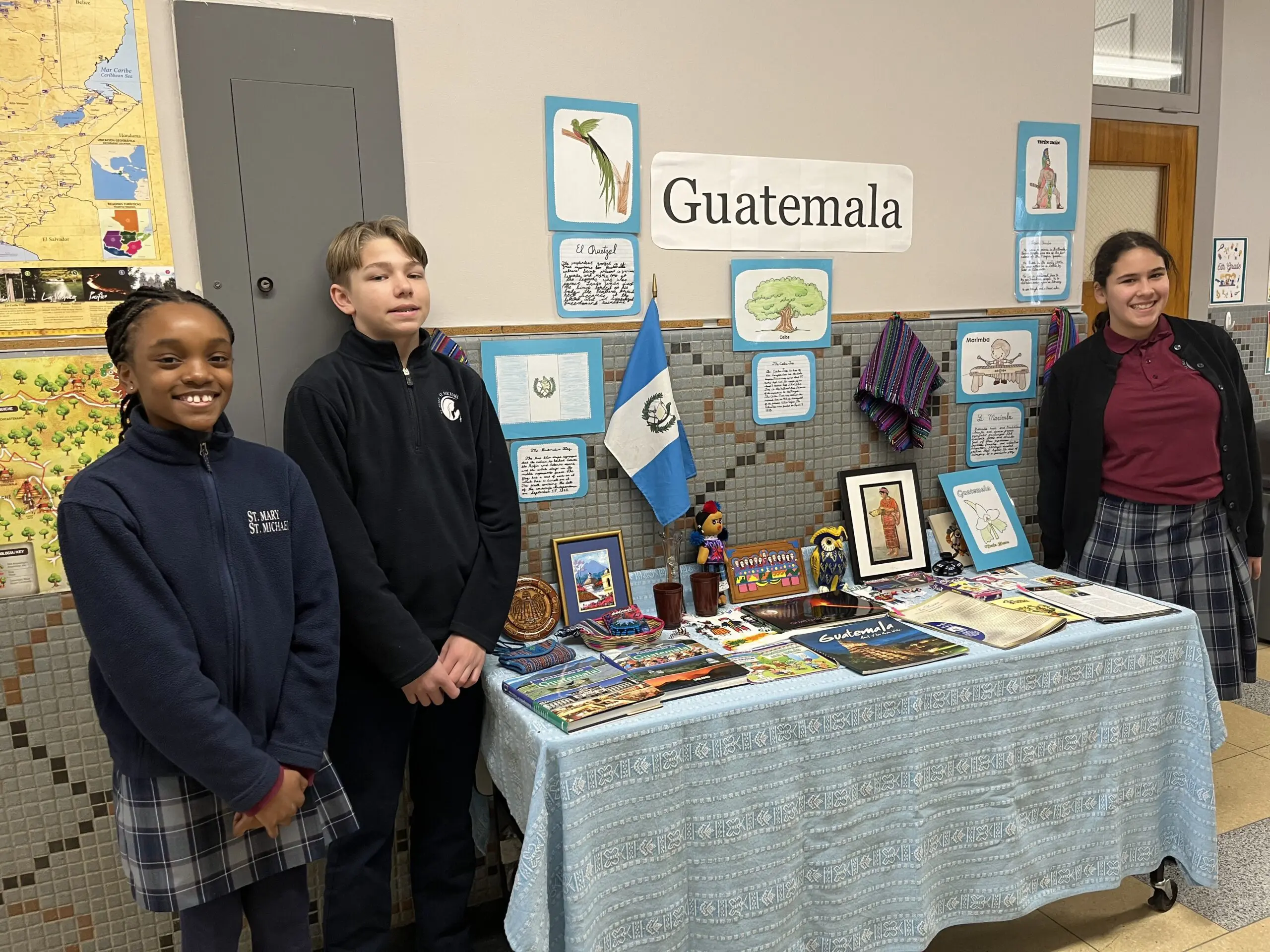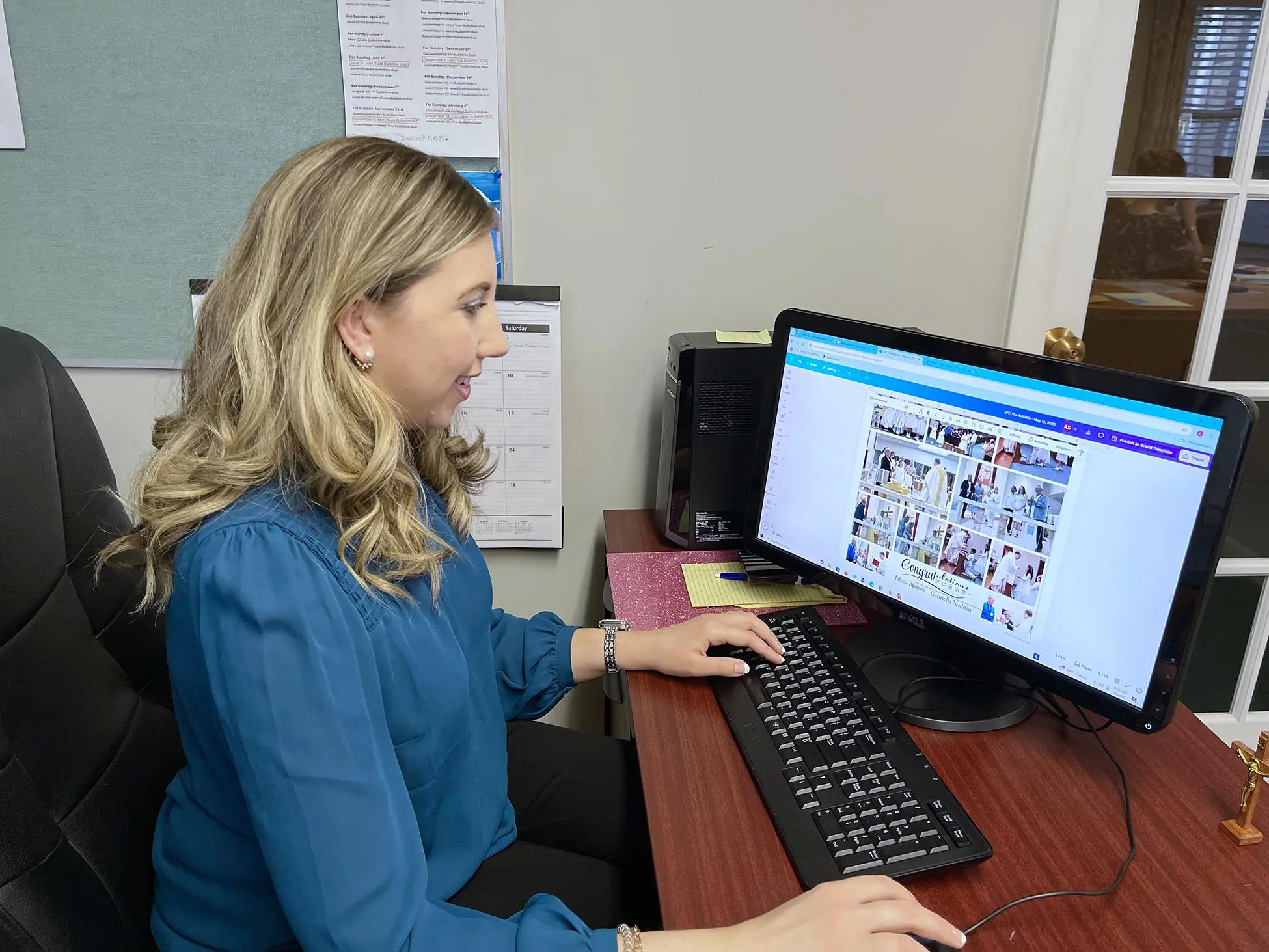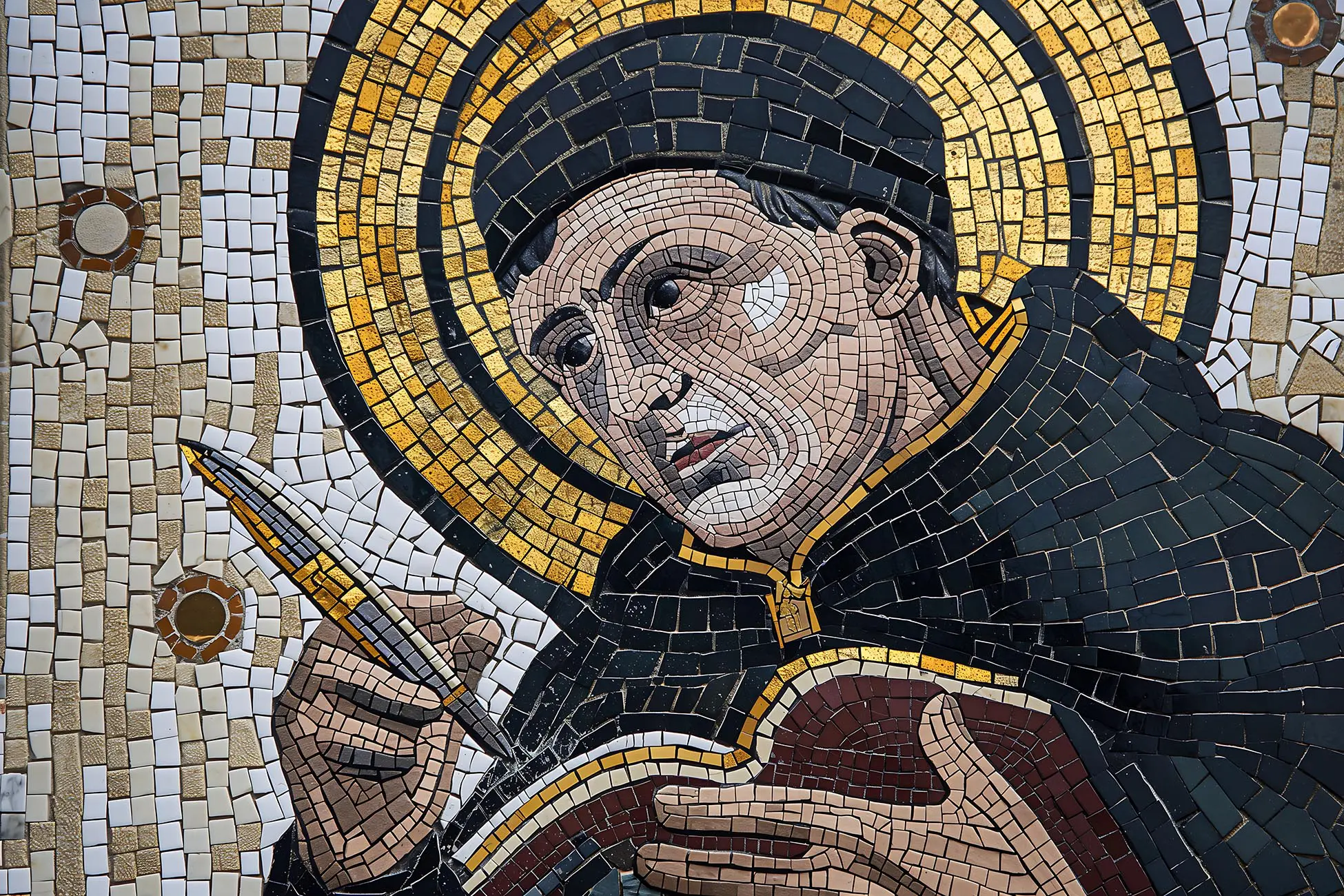Story by Joe Pisani
I have this problem. Most of my family members and friends want to talk about politics — I should say “argue” about politics — but I prefer to talk about God.
Don’t get me wrong. I know politics is a popular topic, especially for people who love to debate, but to my thinking, there more important things in life, namely God.
I don’t necessarily mean talking about God in a deep theological sense, the way you might in a class with Dr. Scott Hahn, but by sharing personal stories about how God has touched your life, such as those mystical occasions when it was undeniable He intervened to direct you, to protect you, and to share his love and joy.
We all have them; however, some of us don’t look closely enough to realize God is touching us. And most of us are too distracted by the inconsequential to appreciate the miracles that surround us.
Not to be rude, but I really don’t want to hear about your new car, your old car, your political views, your views on face masks, your vacation plans or how you’re going to spend your income tax refund. Although to be polite, I’ll listen.
I’m not insensitive. I’ve just reached the age when — to quote a priest I knew — “The most important thing is to keep the most important thing as the most important thing.” And the most important thing is God.
Actor Denzel Washington gave a commencement address at Dillard University several years ago and told the young graduates the best advice I ever heard at a graduation. It was the true secret to success in life: “Put God first. Put God first in everything you do.”
Everyone has a story about what happens when we put God first. At least everyone should have a story, countless stories in fact. We just have to be aware of how God is at work in our lives because God is always at work in our lives, and not just in times of crisis.
One woman told me about how God carried her through a cancer diagnosis. When you get news like that, and we all do, you have to stay close to God.
Another told me about how God was there in her grief, when her son was killed by a drunken driver while he walking across a street in Manhattan. Another spoke of how, even in a troubled marriage, her prayers were answered at a time when most people would think God had abandoned them.
I’ve also heard stories of women who entered the religious life because Jesus spoke to them during Eucharistic Adoration. It happens more often than you’d think.
And there are stories about heavenly messengers, who guided people during a time of crisis or at a point in their lives when they thought they couldn’t go on. God was there.
Among my favorites are the accounts of people who found their way to the Church — people who may not have had any faith. Some are hesitant to talk about it, but most want to shout it from the rooftops.
I met a man recently who was raised in a family where there was no faith. He grew up in California in what he described as “a non-religious home.” No Bible. No crucifix. No discussions about God.
“It was an agnostic home, probably verging on atheistic,” he recalled. “We didn’t talk about God, and at that point, I didn’t really believe in God.”
And then, God stepped in. When the man was 10, he went on a backpacking trip with his father and brother, and they met a group of Christian hikers.
“They were praying around the campfire,” he said. “And I heard my first prayer. My brother remembers me saying, ‘Wow.’ After that prayer, I looked up at the stars and said, ‘God, if you’re real, show me.’”
God took the challenge.
The young man entered an evangelical seminary. He ended up working with lepers in Thailand and then with Mother Teresa, who directed him, and he took her direction seriously.
God led him to the Church, and he eventually converted to Catholicism.
God will reveal himself if we ask and if we want to know him better. He never refuses those requests.
So let’s keep the most important thing as the most important thing … and talk about God, especially with people who don’t know about him.

